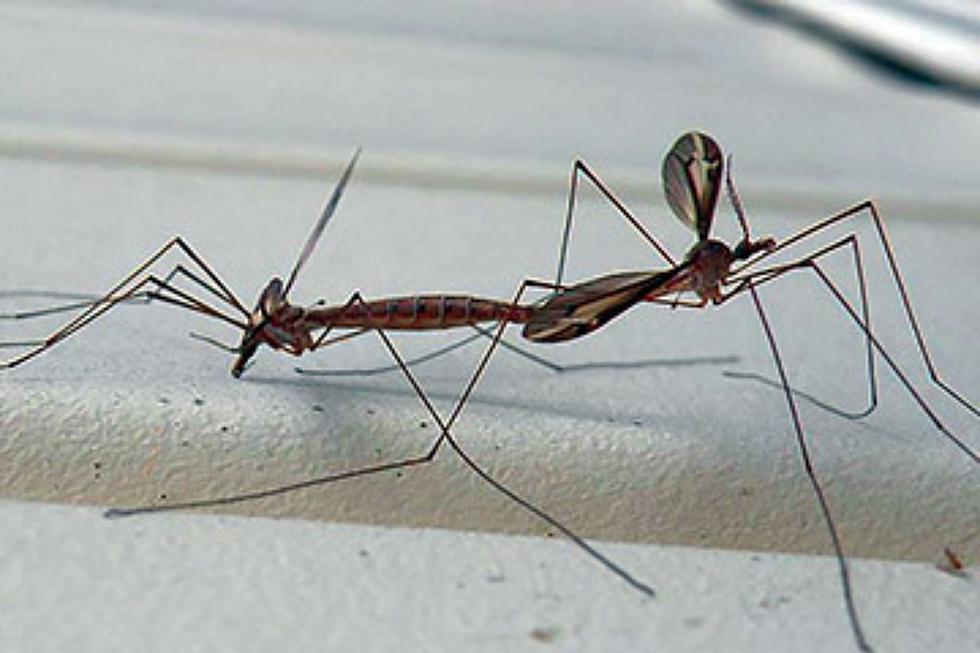
They’re Not Mosquitos! The Truth About the Most Annoying Flying Insect in Louisiana Right Now
You aren't crazy. Over the last few weeks, Louisiana has been buzzing (sorry, I had to) with the most annoying, pesky insects. But before we go any further, let's set the record straight: these nuisances are not mosquitoes. They're actually crane flies, and yes, they seem to be taking over our front porches, gardens, and just about anywhere we seem to be walking between point A and point B.
And despite your main character syndrome, it's not just you. A viral meme from the Facebook page Gulf Coast Updates highlights the widespread frustration, clocking over 3,000 shares and 400 comments in less than a days time. It's clear: almost all of us hate these little pests.
Some people call them “mosquito hawks,” sparking debates on whether they actually even eat mosquitoes. Spoiler alert: despite their nickname, they don't. Reactions to the abundance of crane flies vary—some find them to be the biggest nuisance when anything outside is involved. Then, there are some who enjoy watching their pets, particularly cats, run after these goofy insects.
I'm no lawn expert, but a word of advice floating around is to avoid watering your lawn in the morning to prevent crane fly infestations. It seems their grubs have a taste for our healthy lawns, threatening to kill your grass or causing the dreaded brown spots.
But what exactly are crane flies? According to the LSU AgCenter, crane flies, belonging to the genus Tipula, are identifiable by their tan or brown color, long legs, and spindly bodies, stretching between 0.39-0.98 inches for most species.
The giant crane fly, which calls Louisiana home, can grow up to 1.9 inches. They're known for their transparent wings, though some boast dark patches, setting them apart from the universally hated mosquito.
Their life cycle is kinda fascinating, with larvae thriving in moist soil or aquatic habitats (remember that lawn-watering tip from earlier?), chowing down on organic matter or, occasionally, grass roots (brown spots!). These larvae, or "leather jackets" as they're called when they invade lawns, transform into adults who live a very short-lived existence—just long enough to mate and lay eggs.
Basically, they're here for a good time, not for a long time; and contrary to popular belief, adults don't feed at all, not even on mosquitoes.
If you wanna get ecological, crane flies do actually play a crucial role in "nutrient recycling" and serve as a food source for various predators like birds, frogs, and other animals. As annoying as they may be, the fact that we're seeing them does mark the arrival of spring in Louisiana, they're technically not considered pests here, unlike in some western states.
For all my lovers of local, Louisiana does have a pretty unique tie to crane fly taxonomy, with a species named after the late LSU herpetologist Douglas Rossman, which should give you an idea of our state's contribution to understanding these diverse creatures.
Beyond the amateur advice you may see in comment threads, the LSU AgCenter actually does recommend simple measures like turning off lights and sealing any gaps that would let them sneak into your home.
As annoying as they may be for now, it's only temporary—and technically, they're doing more good than harm for the overall ecosystem in Louisiana.
LOOK: 20 of the biggest insects in the world
Gallery Credit: Andrea Vale
More From News Talk 96.5 KPEL









